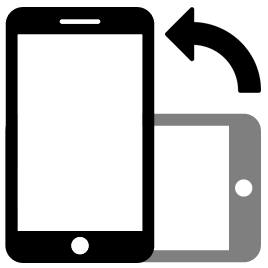Property, 2017
Five sub-themes will be explored: properties of matter, ownership of the means of production, intellectual property, from ownership to use, appropriation and creation. Two fertile and joyous days during which teachers, researchers, students, designers, architects, philosophers, artists… will talk and meet surrounding concepts, knowledge and perspectives on our living spaces, from the object to the city.
Five themes surrounding Property
Properties of matter
It seems obvious that no design or architecture project could be done without matter. If you start considering matter from the angle of its properties, and take into account the recent scientific discoveries regarding what our universe is made of, you open a vertiginous realm of imagination, one that far exceeds what we take for granted.
Ownership of the means of production
In a contemporary context of economic tensions, often is the question raised of developing new project strategies. The creator also wants to be the builder, without having to rely on access to means of production he doesn’t have full control over. New avenues of creation can materialize through the appropriation or invention of ways to draw, build, produce and sell. These new ventures can rely on access to recent technologies or innovative ways to re-appropriate and reinvent the knowledge of the past.
Intellectual property
Throughout history, our hyper-industrial societies have developed an arsenal of legal tools to protect property, be it the rent of the land-owner, industrial investment in research and development of new products, or the exploitation of works of the mind. This context of increased protection of property can also become a fertile soil for criticism and invention, for projects where new relations to usage and exploitation may flourish and where the traditional imbalance between “small” and “big” land-owners may evolve.
From ownership to use
The question of common good has structured our political and economic regimes, along with the ownership of places and objects. Communist regimes were founded on the transfer of private property towards a central, State owned system. In contemporary ultra-liberal regimes, private property is also increasingly concentrated, but outside the State, taking the shape of a financial globalization. In the face of this concentration of the ownership of goods and services, in the face of the privatization of common goods by industrial groups, citizens tend to use objects and spaces in a temporary fashion, unburdened by ownership. However, this situation isn’t always synonymous with common good, freedom and re-appropriation. In some instances, property is concentrated and the governing powers are centralized. In others, ownership and usage rights are redistributed and the reunites with his freedom of choice. Proudhon had already imagined the evolution of property towards a new concept he called possession, the underlying prerequisite being a reinvention of the ways we put things in common. This concept is not far from certain contemporary practices in architecture and design, which attempt to create new forms of shared property.
Appropriation and creation
It seems difficult to imagine an artistic creation that has not been shaped by the past to consider the present and future. In the pictorial tradition, pastiche was practiced for a long time as a training exercise – even by renowned artists. More recently, the practice of musical sampling, or concrete music which takes sound from our daily lives to rework it, resonate in other creative fields. The way in which a project can appropriate itself pre-existing elements, by citing or transforming them, poses many questions concerning the practice of the project, from a technical, judiciary, economical and symbolical standpoint.
Chaudron #1, Property?4/5 of September 2017, two days of inspiration at the école Camondo
#ecolecamondo
#lechaudron
#lapropriété






